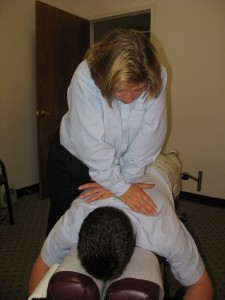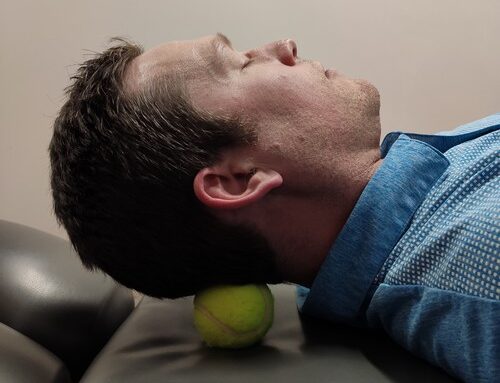 Approximately 70% of the population will have back pain at some point. Low-back pain (LBP) with associated leg pain due to a herniated intervertebral disc is one of the most severe and disabling forms of back pain. Many treatment options are available including chiropractic care, medication and surgery. A recently published cohort study examined 148 patients with low-back pain (LBP) and leg pain due to magnetic resonance imaging–confirmed disc herniation treated with chiropractic adjustments. Outcome measures included short-, medium-, and long-term self-reported global impression of change and pain levels at various time points up to 1 year to determine if outcomes differ between acute and chronic patients. Results showed significant improvement for all outcomes at all time points. At 3 months, 90.5% of patients were “improved” with 88.0% “improved” at 1 year. Although acute patients improved faster by 3 months, 81.8% of chronic patients reported “improvement” with 89.2% “improved” at 1 year. There were no adverse events reported. The study authors concluded that a large percentage of acute and importantly chronic lumbar disc herniation patients treated with chiropractic care reported clinically relevant improvement.
Approximately 70% of the population will have back pain at some point. Low-back pain (LBP) with associated leg pain due to a herniated intervertebral disc is one of the most severe and disabling forms of back pain. Many treatment options are available including chiropractic care, medication and surgery. A recently published cohort study examined 148 patients with low-back pain (LBP) and leg pain due to magnetic resonance imaging–confirmed disc herniation treated with chiropractic adjustments. Outcome measures included short-, medium-, and long-term self-reported global impression of change and pain levels at various time points up to 1 year to determine if outcomes differ between acute and chronic patients. Results showed significant improvement for all outcomes at all time points. At 3 months, 90.5% of patients were “improved” with 88.0% “improved” at 1 year. Although acute patients improved faster by 3 months, 81.8% of chronic patients reported “improvement” with 89.2% “improved” at 1 year. There were no adverse events reported. The study authors concluded that a large percentage of acute and importantly chronic lumbar disc herniation patients treated with chiropractic care reported clinically relevant improvement.



